Longevity Markers
Low birth weight, unhealthy aging, and chemical signatures in the blood may all be intertwined.


Low birth weight, unhealthy aging, and chemical signatures in the blood may all be intertwined.

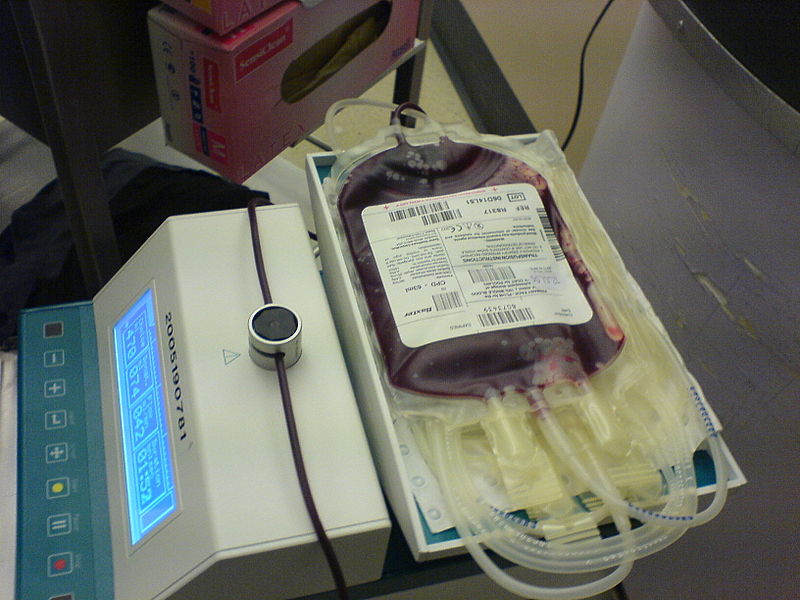
Replenishing stored blood's nitric oxide may make transfusions more effective and less risky.
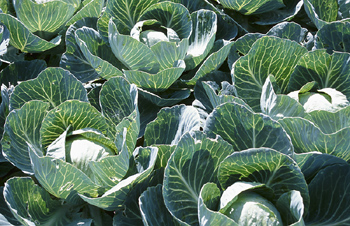
Keeping produce on a normal day/night schedule could improve its nutritional value.
Microscopic organisms represent a vast, unexplored territory for biologists trying to understand the earth’s ecology—including the ecology inside our homes and even our bodies.
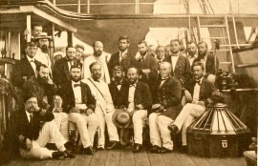
WHEN SCIENCE MEETS HISTORY - Ocean temperature records from a 19th century research ship confirm global warming. Reviving plants hidden under glaciers for centuries. Tracing the genetic origins of the blight that started the Irish Potato Famine. And uncovering evidence of lead pollution in Spain from 4,000 years ago.

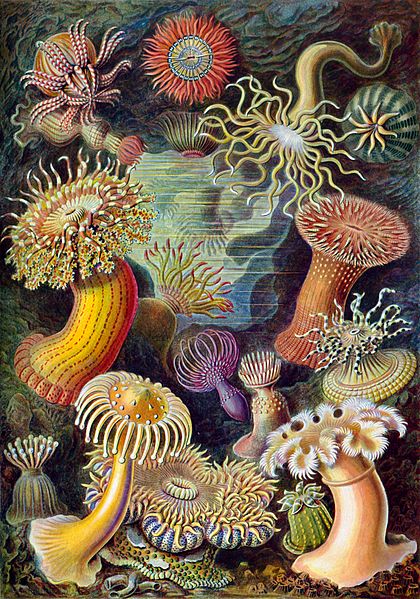
Some of the most useful medicines come from dangerous toxins found in nature.

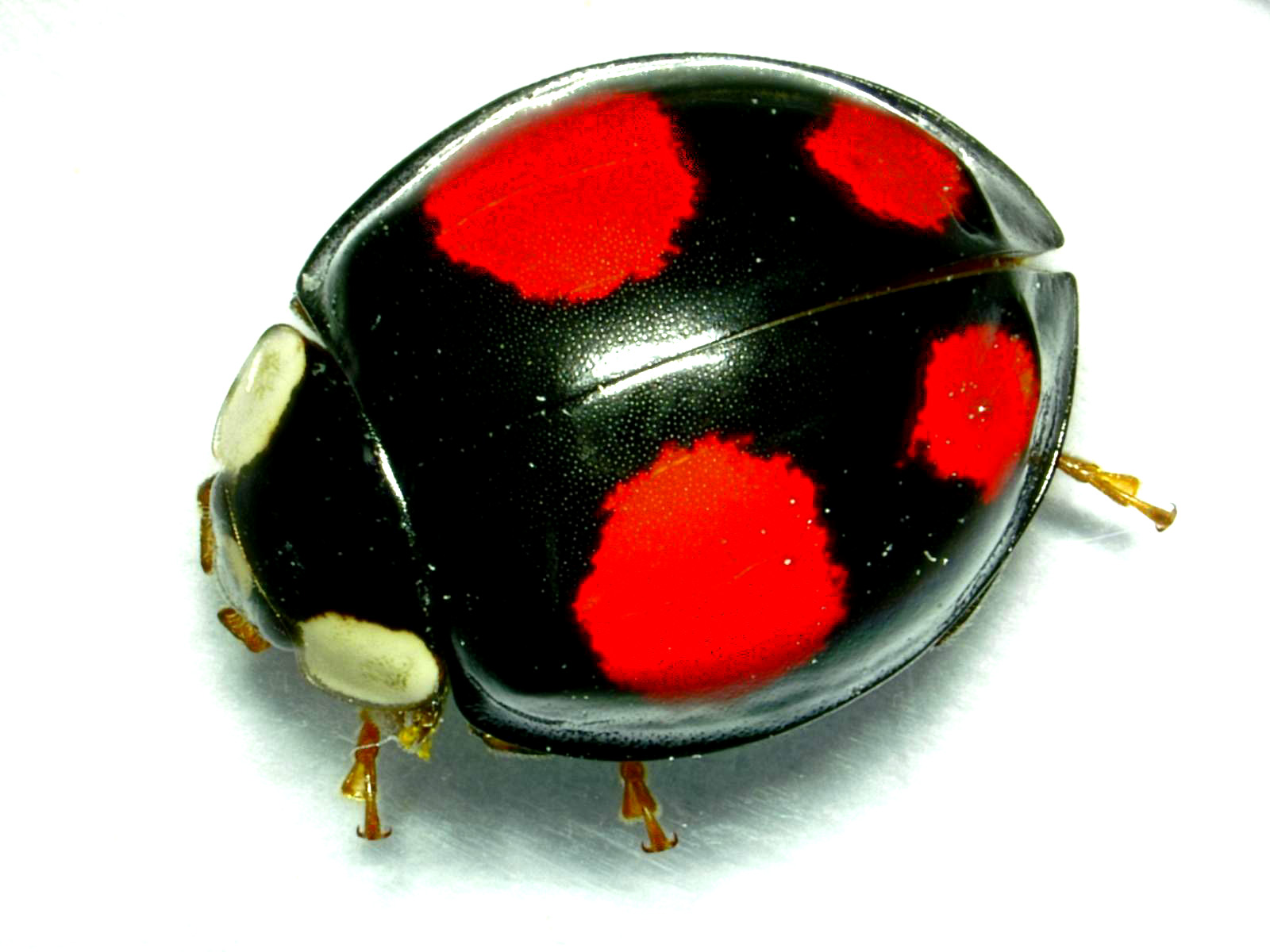
An invasive ladybird beetle kills off native species with microorganisms in its body.



Researchers have developed medical implants that dissolve after they've done their job.
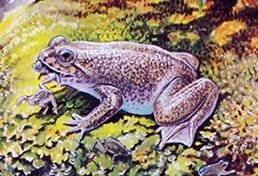
Lasers can eliminate cocaine addiction in rats, pointing to new therapies for humans.

Fruit flies are providing researchers with insights into wound healing and Parkinson’s disease.

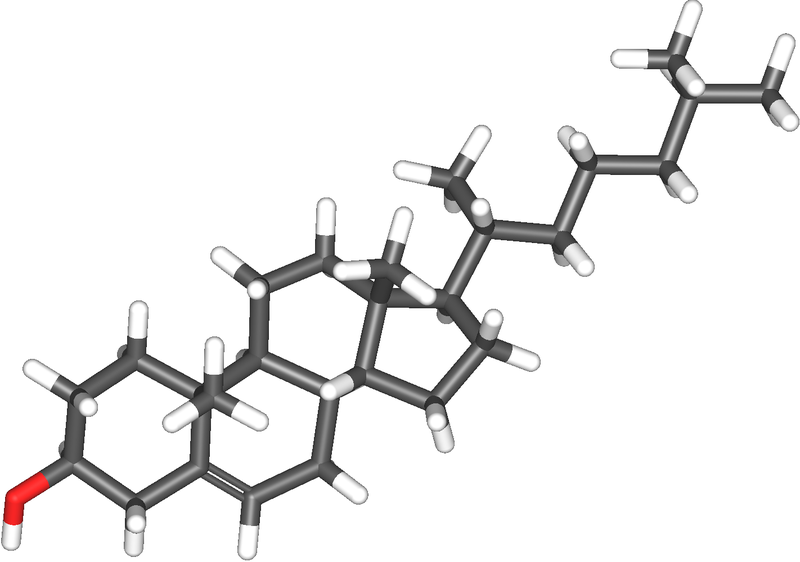
Despite its reputation, cholesterol may be useful for treating several medical conditions.
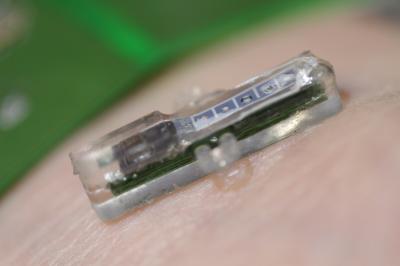
Researchers have developed an implantable blood testing sensor that can monitor blood glucose levels and chemotherapy drugs, among other things.

Researchers have identified a molecule that could help turn on newborn babies’ immune systems.

An ancient pigment with futuristic applications, the hidden electricity between flowers and bees, and a new, improved anti-fog coating. Also: the unlikely history of camels.
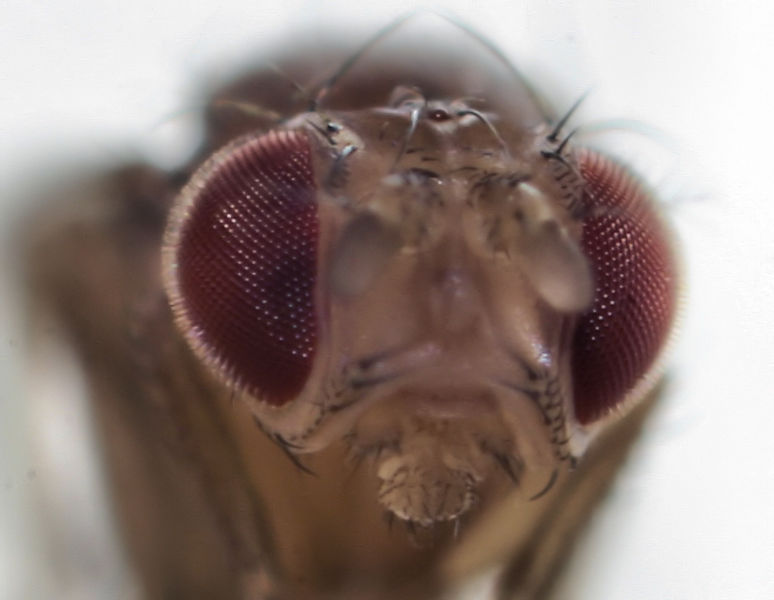
Fruit flies sometimes marinate their young in alcohol to protect them from parasitic wasps.
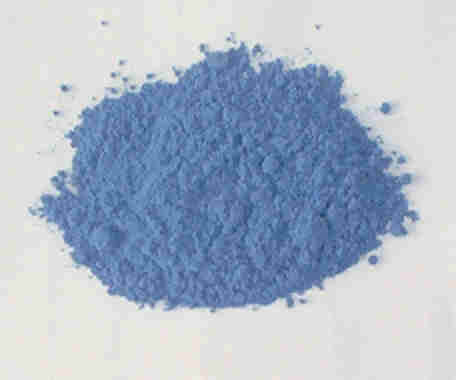
The world's oldest artificial pigment, Egyptian Blue, has previously unknown and potentially useful properties.
